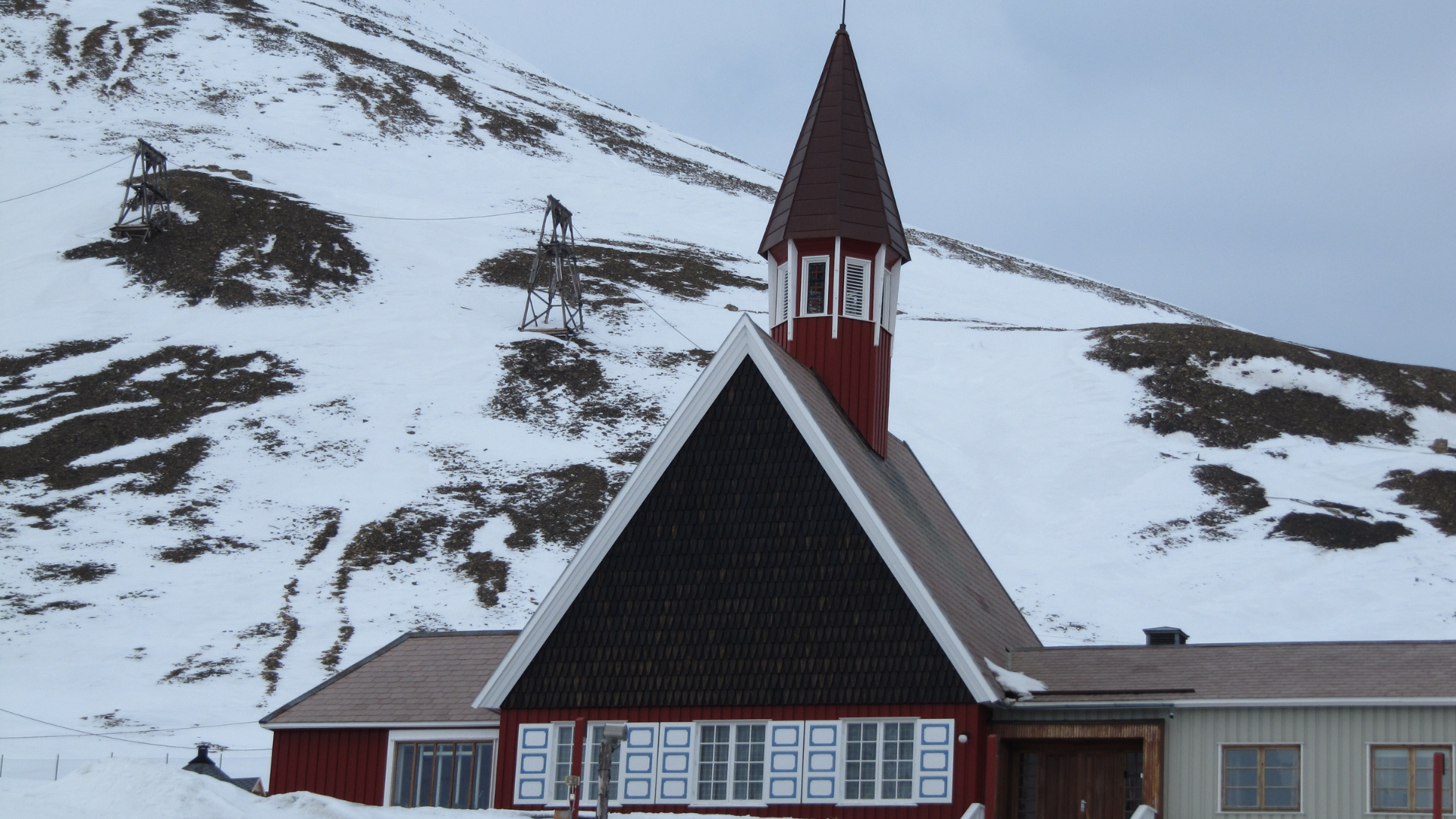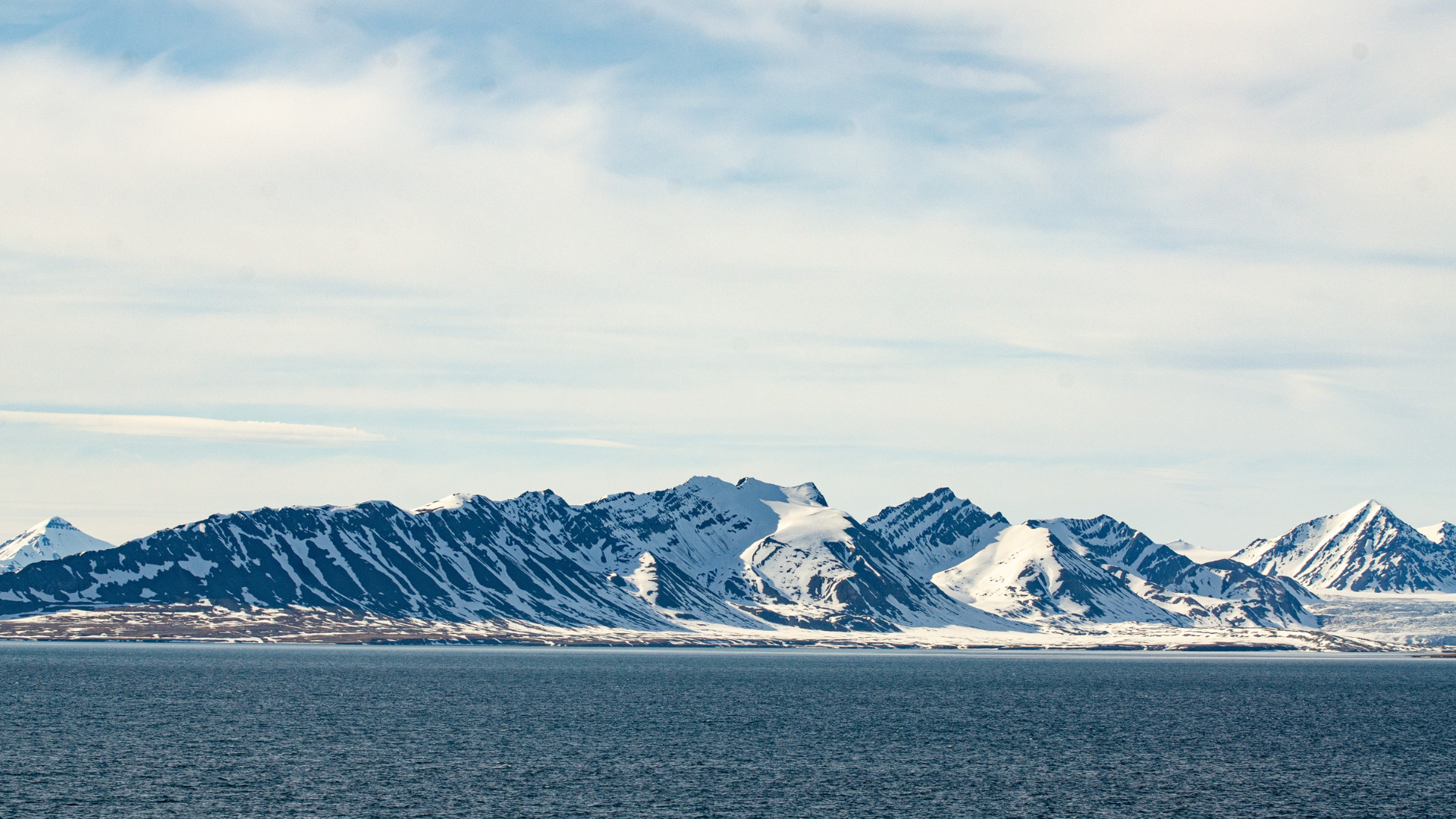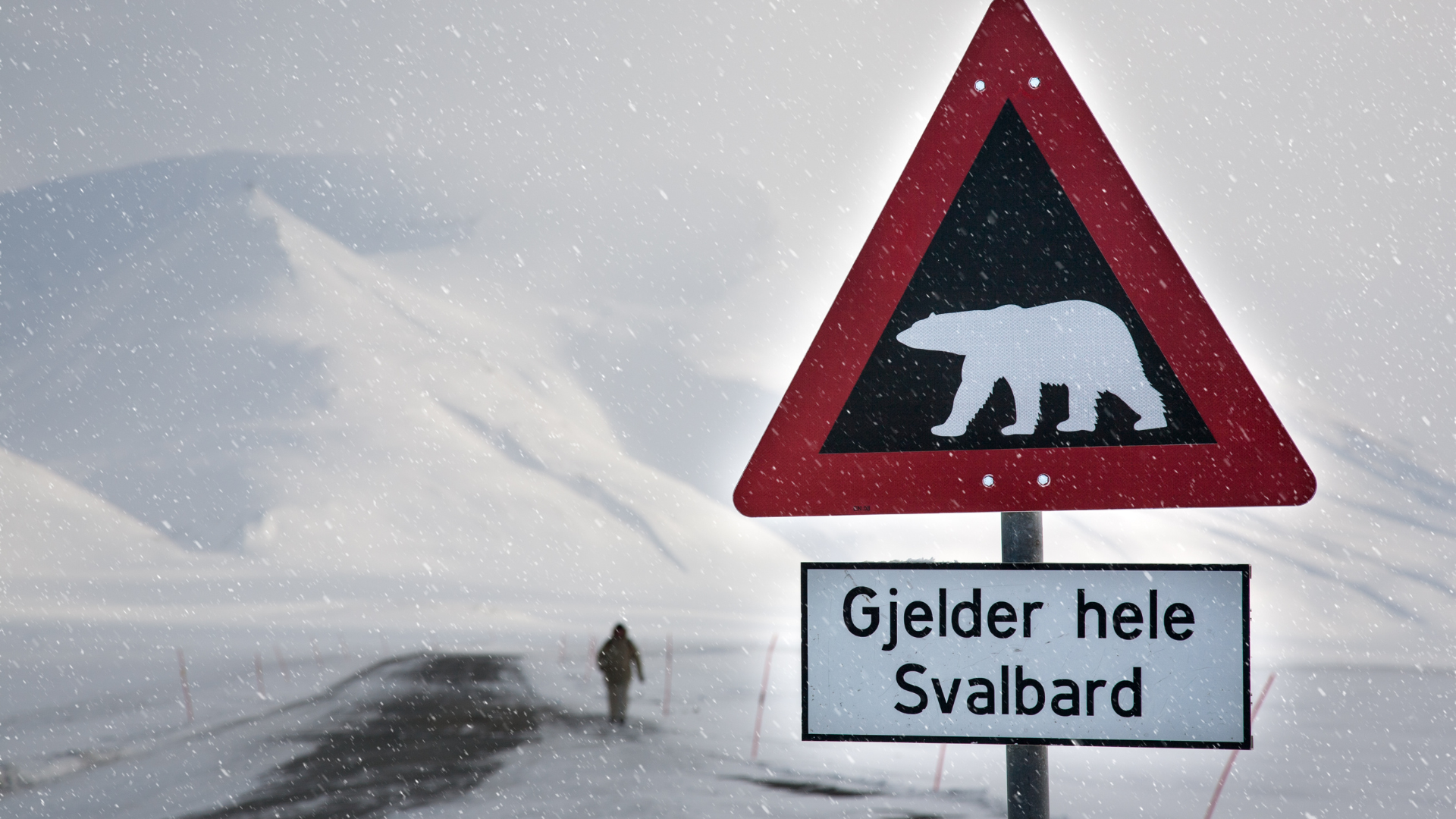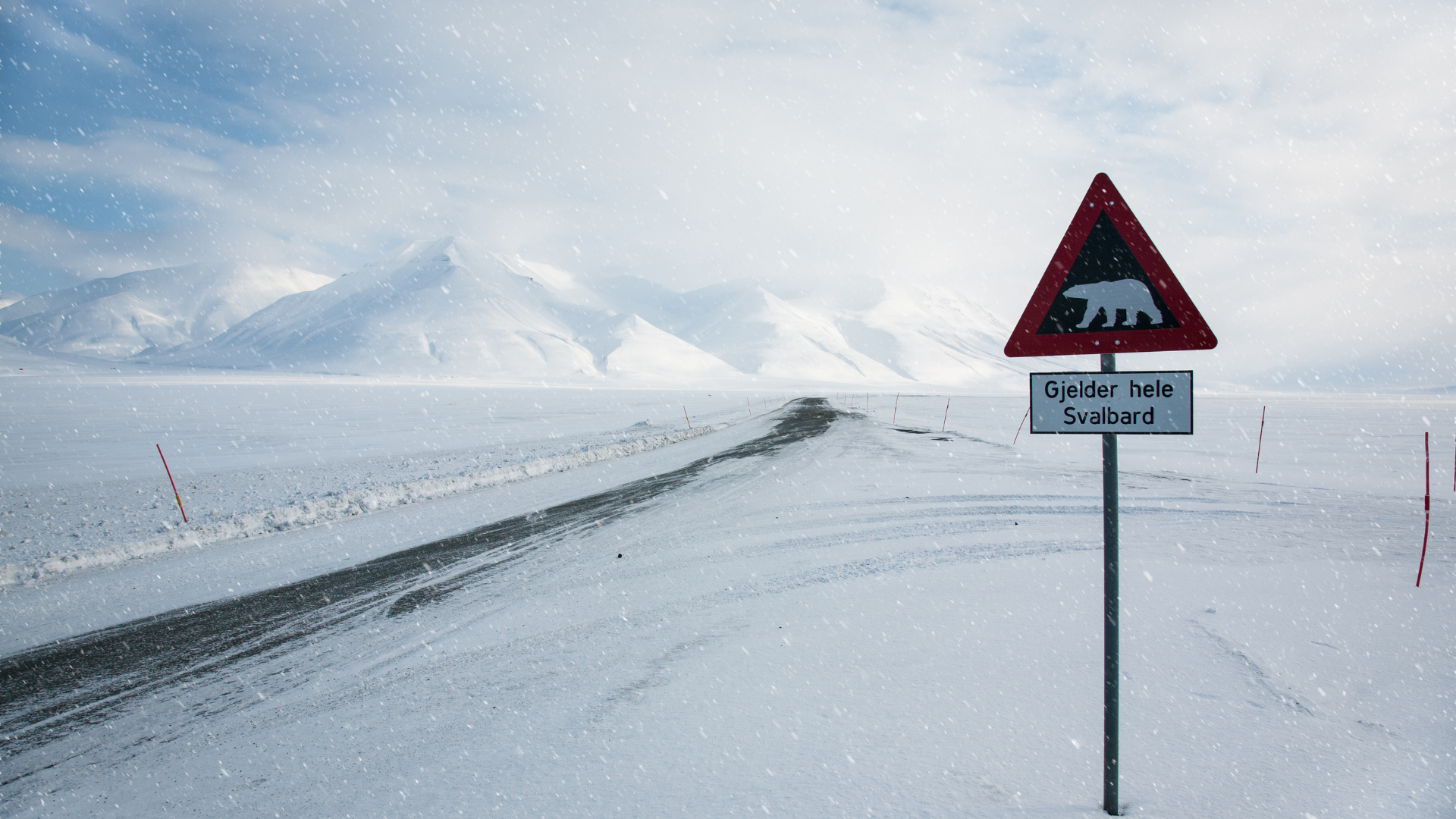Svalbard Best Ways to Prepare for Your Trip in August
Svalbard Best Ways to Prepare for Your Trip in August
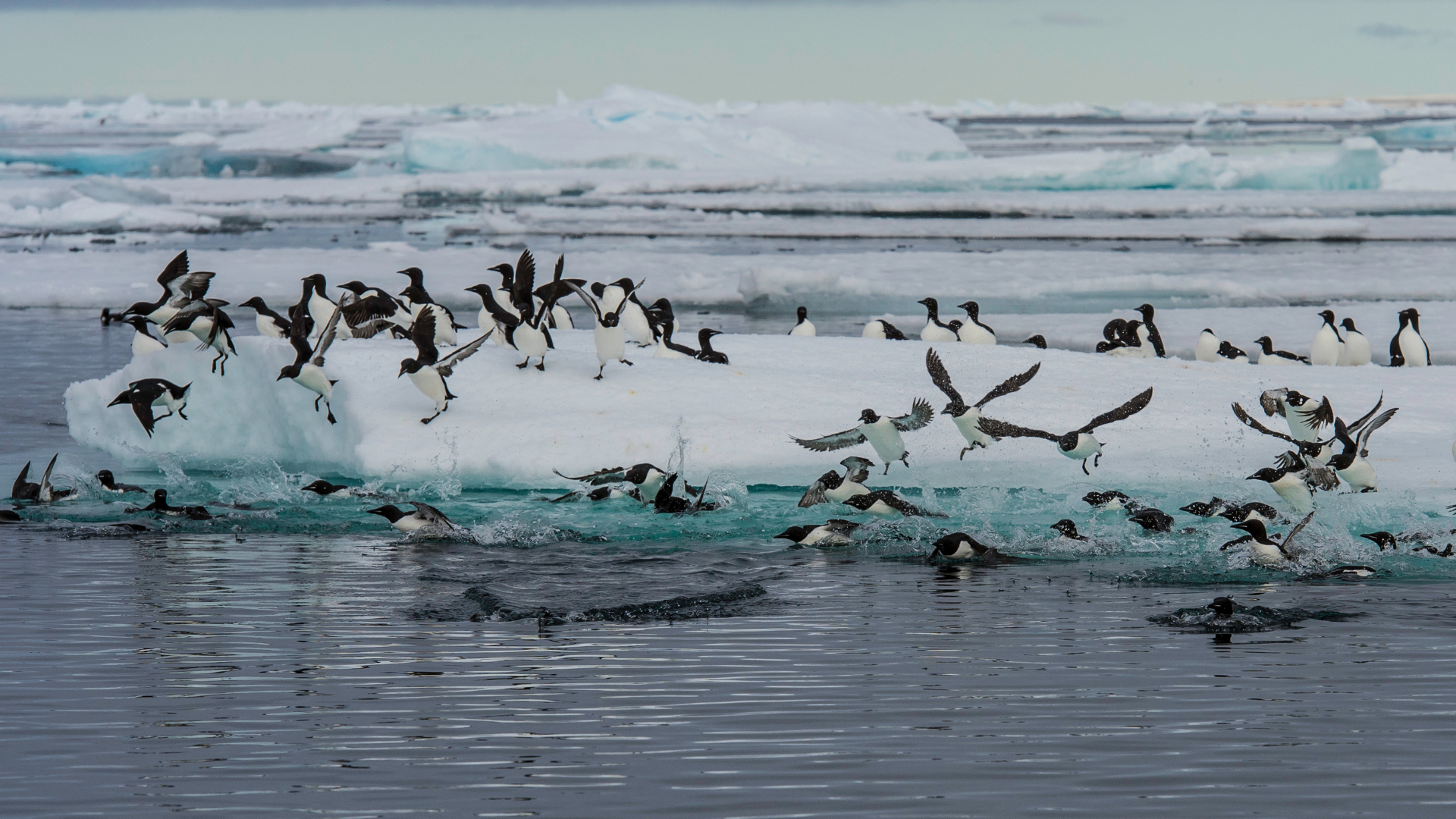
August in Svalbard marks the tail end of the Arctic summer, offering a final opportunity to experience the region’s unique landscape before the onset of winter. The Midnight Sun still dominates the sky, though the days begin to shorten slightly as the month progresses. This period provides a fantastic mix of mild weather, abundant wildlife, and fewer crowds compared to the peak summer months. Preparing for a trip to Svalbard in August involves careful planning to make the most of the remaining summer warmth while also being ready for the early signs of autumn.
Packing for Svalbard in August requires a versatile wardrobe that can handle a range of temperatures and weather conditions. While the average temperature is relatively mild, typically ranging from 3 to 7 degrees Celsius, the weather can be unpredictable, with sudden rain showers or even early snowfall possible. Layering remains the best approach, with moisture-wicking base layers, insulating mid-layers, and a waterproof, windproof outer layer. Given the possibility of wet conditions, waterproof boots are essential, along with a good pair of thermal socks. Don’t forget accessories like gloves, a hat, and a scarf, as the Arctic wind can make it feel colder than the thermometer suggests.
August is an excellent time for outdoor activities, with many of the snow and ice-free trails offering great hiking opportunities. The tundra is at its most vibrant, with patches of color from the blooming Arctic flowers and the occasional appearance of berries. Hiking during this time allows you to explore areas that are often inaccessible during the winter months, providing stunning views of glaciers, mountains, and the surrounding fjords. If you’re planning to hike, ensure you have a sturdy pair of hiking boots and possibly trekking poles for added stability on uneven terrain.
Wildlife watching in Svalbard is still a major draw in August, with the opportunity to see polar bears, Arctic foxes, and reindeer, as well as a variety of seabirds. The coastal waters are also teeming with life, including seals, walruses, and whales. Joining guided tours is the best way to safely observe these animals while minimizing your impact on their natural habitats. A good camera with a zoom lens and a pair of binoculars will help you capture the beauty and majesty of Svalbard’s wildlife. August is also the last chance to see some of the migratory bird species before they depart for the winter.
Accommodation should be secured well in advance, as August, while less crowded than July, is still part of the tourist season. Whether you choose a hotel in Longyearbyen or opt for a more remote lodge, make sure your accommodation is well-equipped for the changing weather conditions. Many places offer guided tours and activities, which can be convenient if you prefer not to organize everything independently. Some lodges also provide rental equipment for activities like kayaking or glacier hiking, so inquire about what’s available when booking your stay.
The extended daylight of August can be both an advantage and a challenge. While the Midnight Sun starts to wane towards the end of the month, the long daylight hours provide ample time for exploration and activities. However, it’s important to manage your energy levels and ensure you get enough rest. Accommodations typically have blackout curtains to help with sleep, but bringing a sleep mask can also be helpful. Maintaining a regular sleep schedule, despite the extended daylight, is key to staying energized throughout your trip.
Safety is a top priority in Svalbard, particularly with the presence of polar bears. When venturing outside populated areas, it’s mandatory to carry a firearm for protection, though it’s advisable to join guided tours where safety measures are professionally managed. The risk of avalanches, while lower than in the winter, still exists in certain areas, so it’s important to be aware of your surroundings and take necessary precautions. Additionally, always inform someone of your travel plans and expected return time if you’re exploring on your own.
Given Svalbard’s remote location, logistical preparation is crucial. Flights to Longyearbyen should be booked early, and comprehensive travel insurance that covers emergency evacuation and medical treatment is essential. Medical facilities in Svalbard are limited, so bringing a personal first aid kit and any necessary medications is important. It’s also wise to familiarize yourself with the locations of medical facilities and emergency services before setting out on any excursions. Ensure that your insurance policy covers the specific activities you plan to undertake, such as hiking, kayaking, or glacier walking.
Visiting Svalbard in August is an incredible experience, offering a unique blend of summer warmth and early autumn beauty. However, it also requires a commitment to environmental responsibility. The archipelago’s ecosystems are delicate and easily impacted by human activity, so it’s important to follow all guidelines related to waste disposal, wildlife interactions, and habitat preservation. By preparing thoroughly and respecting the environment, you can ensure that your August trip to Svalbard is both rewarding and sustainable, allowing you to enjoy the natural wonders of the Arctic while leaving a minimal footprint.



